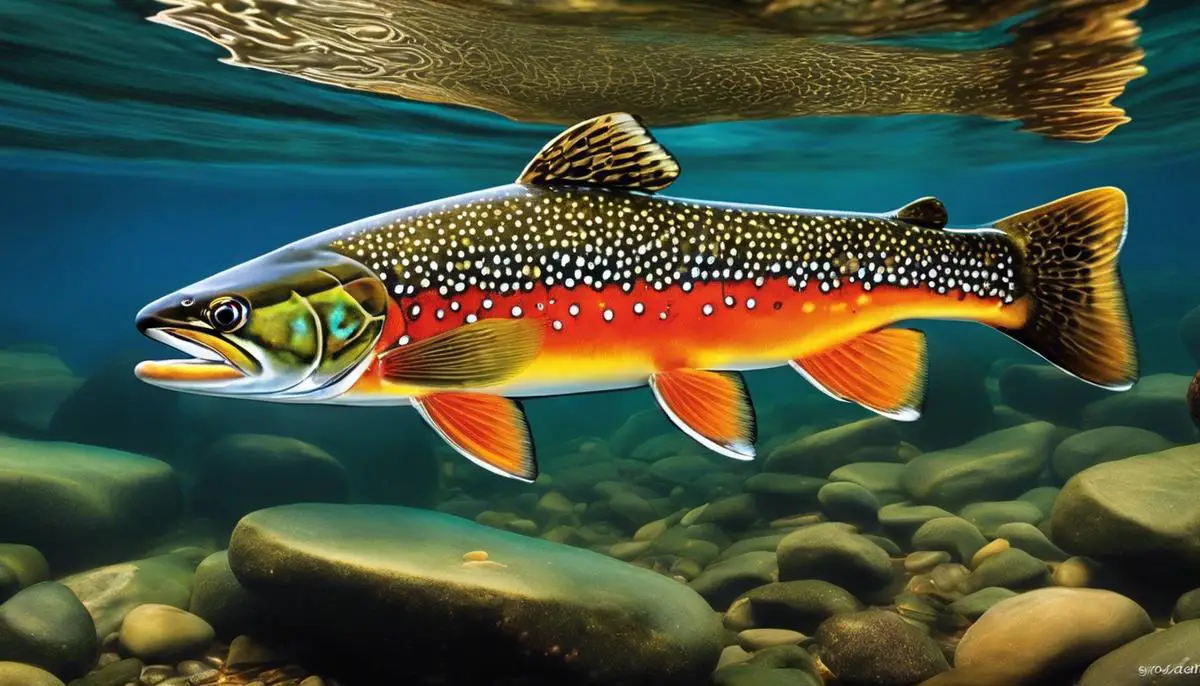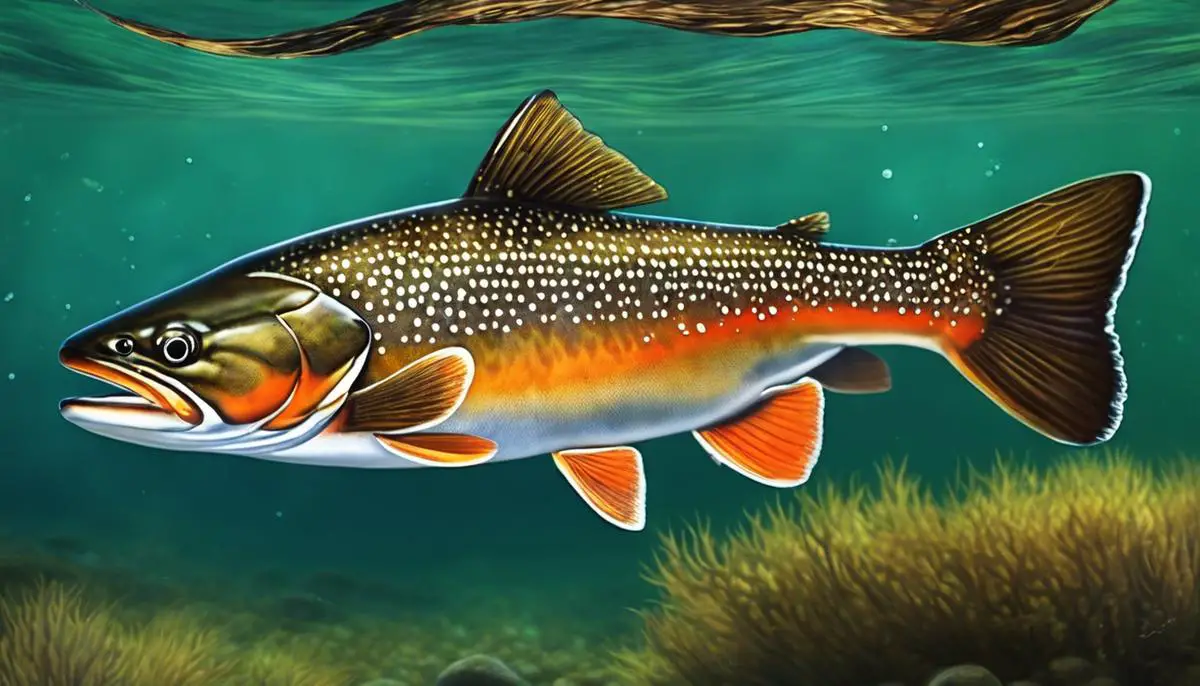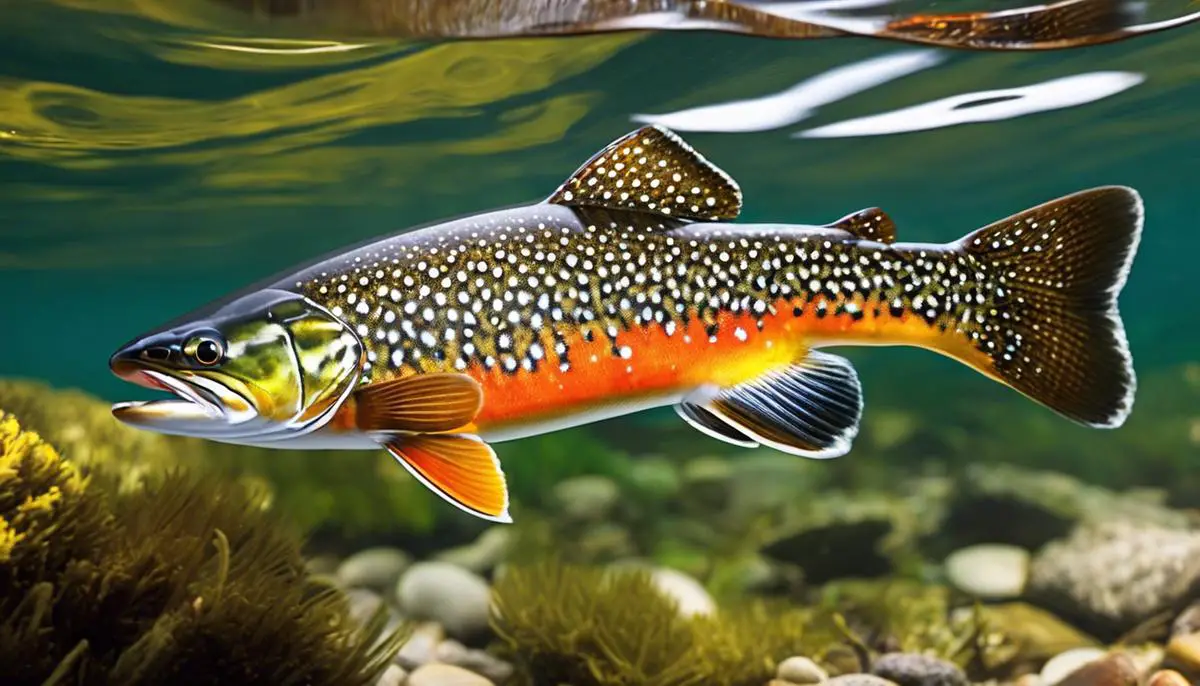The preservation and healthy maintenance of aquatic ecosystems hinge importantly on the responsible and regulated practices of fishing. An integral part of this balance is embodied in the guidelines surrounding the size limit of caught fish such as the Brook Trout. A careful understanding and adherence to these regulations by anglers can greatly boost sustainable fishing strategies, contributing to both ecological harmony and the longevity of fishing as a recreational and professional practice.
Regulation of Brook Trout Size Limit
Brook trout, also fondly known as “Brookies” among fishing enthusiasts, are held high in the freshwater angling world, cherished for their marked beauty and tasty flesh. But an awareness of size regulations is crucial to ensuring the sustainability of this revered species. Policies governing the keep of Brookies differ across various states and regions, so a careful investigation of the local regulations is highly advised before casting your line.
Most regions have a minimum size regulation. For instance, in parts of the Northeast United States, the regulation is typically a minimum of 7 to 9 inches to retain a Brook trout. This measure ensures the trout reach maturity and have a chance to reproduce before getting caught. There may also be a limit on the number of Brookies that can be taken daily. For example, in Virginia, the limit is six per day, while in Wyoming, the number is restricted to three.
While legal strictures are essential, many conscientiously practicing catch and release advocate the ethical focus on the species’ conservation. One common suggestion is to take photographs and release larger Brook Trout despite the absence of official maximum size limitations. This practice allows the bigger, more genetically fit individuals to continue breeding, enhancing the overall health and longevity of the Brook Trout population. The love for the sport also comes with the responsibility to uphold sustainable practices, ensuring the thrill of netting a Brookie remains an enriching experience for future generations.

Impact of Size Limit on Brook Trout Population
Delving deeper into how size limits contribute to brook trout population management, it’s interesting to note that these regulations have a two-fold benefit. Primarily, size limits protect the trout, especially juvenile specimens, ensuring they reach maturity and have the chance to reproduce before they potentially enter an angler’s creel. If only larger brook trout became the target for angling, the younger and smaller fish have ample time to contribute to the next generation. In essence, size limits contribute to a more balanced distribution of age and size within the population, ensuring the stream’s ‘nursery’ never runs out of juveniles.
Beyond the protection of younger brook trout, size limits also indirectly influence the fish’s breeding patterns. Studies have shown that larger trout often produce more viable offspring compared to smaller ones. This is primarily because larger brook trout have more energy reserves, which they can devote to producing healthier eggs or milt, resulting in superior juvenile survival rates. In this way, retaining larger brook trout in their natural habitat aids the genetic health and diversity of the population, giving them better resilience in fluctuating environmental conditions.
Therefore, understanding and adhering to size regulations is a vital aspect of sustainable fishing. As anglers, being receptive to these regulations, even if they vary across regions, reinforces our larger role in preserving these freshwater inhabitants for future generations to appreciate and enjoy. By doing so, the sport of angling not only becomes more rewarding but also embodies a long-term vision of ecological balance and conservation.

Importance of Measuring Brook Trout Accurately
Measuring brook trout correctly is a critical skill for any hobbyist angler; another facet of the bigger picture, that is, the awe-inspiring effort to maintain ecosystem balance.
Every seasoned angler knows that brook trout vary greatly in size, a variation that mirrors the genetic diversity within their populations. This divergence is not an outcome of chance. Larger fish typically contribute more to the gene pool, ensuring the survival of robust offspring. By practicing careful size measurement and rewarding larger brook trout with freedom, anglers contribute significantly in shaping and protecting the genetic health of these aquatic populations.
This accurate measurement also provides valuable data for administering and improving size limits. With a growing understanding of the relation between brook trout size and their reproductive output, discussions surrounding size limits are becoming nuanced. Those who love the thrum of a fishing reel appreciate how essential the science of understanding trout sizes is, vital to maintaining the balanced distribution of age and size within brook trout populations. In this way, through responsible angling, we’re active participants in conserving this species.
The hobbyist angler’s fulfillment isn’t solely derived from the water’s edge. There’s a great depth of satisfaction in knowing that these practices contribute to the continuous availability of brook trout for future generations. By adhering to the size regulations, every brookie caught and released is another step towards the preservation of these majestic creatures. As stewards of freshwater angling, it’s a testament to our commitment towards ecological balance, taking us beyond the joy of the catch into the realm of long-term conservation.

As society grows increasingly aware and concerned about the wellbeing of its environmental facets, it’s imperative that every sector acknowledges its role in sustainability. For the fishing community, this involves a comprehensive understanding of species-specific regulations like Brook Trout’s size limit, and the impact of these on population health and dynamics. In addition, learning the correct techniques and tools for accurate measurements aids in regulatory compliance. Thus, an individual angler’s responsibility, knowledge, and accuracy can have far-reaching benefits, fostering both the thriving existence of the Brook Trout species and sustainable enjoyment of a timeless human activity.



Welcome to our blog!